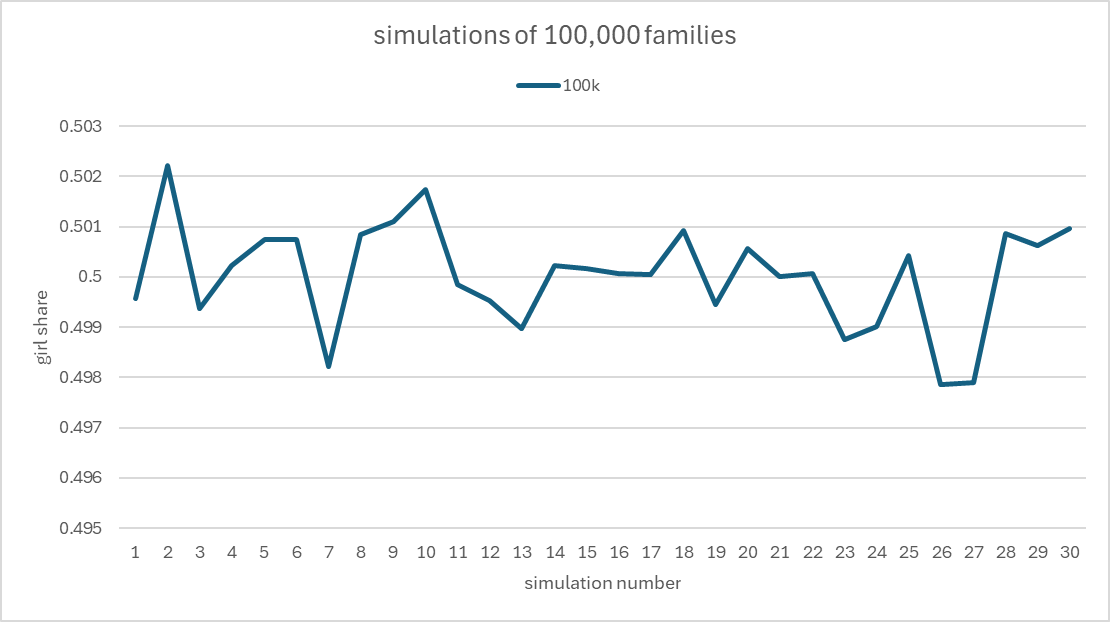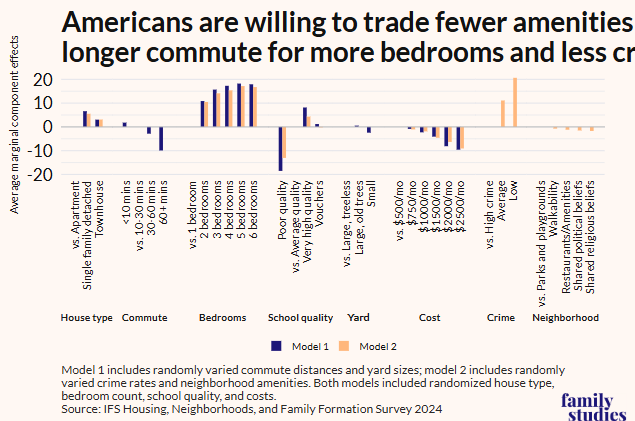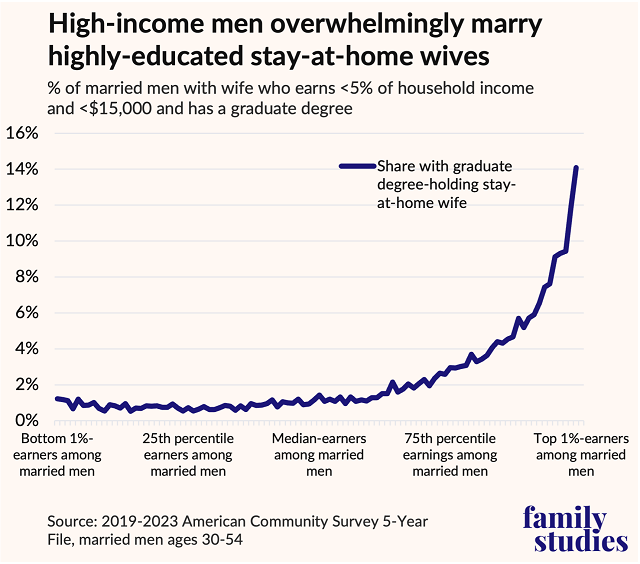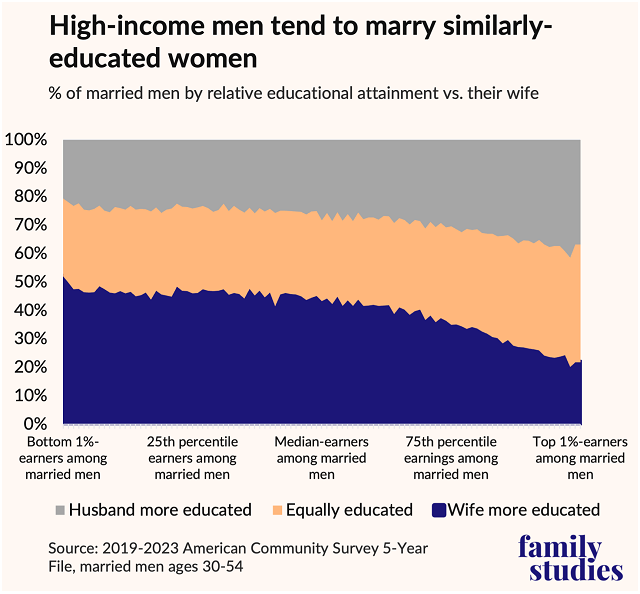Body blows keep coming for UBI fans. $1k/month transfers had no effect on net worth or credit access. All the money was ploughed straight into consumption, recipients actually went more into debt.
nber.org/papers/w32784
nber.org/papers/w32784
For reference: most spending categories rose by similar percents: UBI recipients did NOT necessarily prioritize immediate needs. In fact, they disproportionately gave their UBI away. 

Now as an aside.
The average UBI recipient here got $35,000 in total transfers.
They spent $$11,000 of it on increased spending.
They reduce work by $12,000.
That accounts for $23,000.
So their net worth SHOULD have gone up by $12,000!'
Instead it fell $1,000.
????
The average UBI recipient here got $35,000 in total transfers.
They spent $$11,000 of it on increased spending.
They reduce work by $12,000.
That accounts for $23,000.
So their net worth SHOULD have gone up by $12,000!'
Instead it fell $1,000.
????
Did they just.... light $13,000 on fire?
Is the income decline underestimated?
Is the spending increase underestimated?
Did they invest money in terrible assets?
Is the income decline underestimated?
Is the spending increase underestimated?
Did they invest money in terrible assets?
• • •
Missing some Tweet in this thread? You can try to
force a refresh















